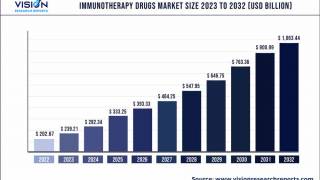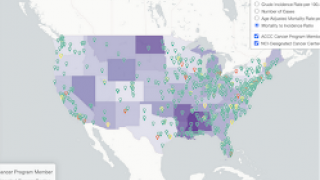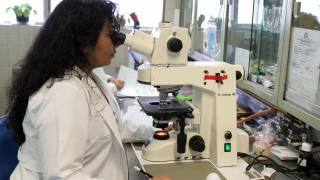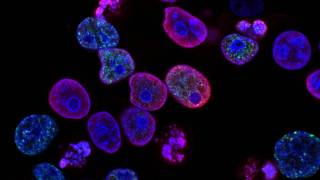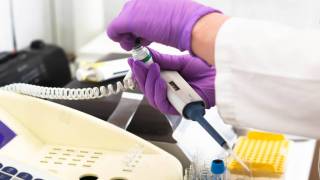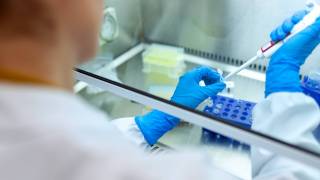HPV Unlikely Passed Hand-to-Hand

The question of how the human papillomavirus (HPV) is transmitted between people is a 20-year-old research topic, without clear answers, said researchers in a new study published on February 8, 2019.
One of this new study’s key observations is that ‘most people are unaware that HPV is frequently detected on hands and fingers.’
And, previous research suggested that HPV went from fingers to genitals. or vice versa.
This prospective cohort study published in The Lancet concludes by saying ‘Clinicians can reassure their patients that HPV transmission is unlikely to occur through hand-to-genital contact.
Which means, the majority of genital HPV infections are likely to be caused by genital-to-genital sexual transmission.
This study followed female university students aged 18–24 years and their male sexual partners in Montreal, QC, Canada, between 2005–11. Study participants provided hand and genital swab samples, which we tested for DNA of 36 HPV types.
The hazard ratio (HR) of incident detection of HPV in genital samples from women was 5·0 (95% CI 1·5–16·4) when her partner was positive for the same HPV type on his hand versus negative, but adjustment for his genital HPV status reduced the HR to 0·5 (0·1–1·8).
Similarly, the HR of incident detection of HPV on men's genitals was 17·4 (95% CI 7·9–38·5) when his partner was positive for the same HPV type on her hand versus negative, but adjustment for her genital HPV status reduced the HR to 2·3 (0·9–6·2).
Conversely, the HR of type-specific incident detection of HPV in genital samples associated with partner genital HPV positivity was 19·3 (95% CI 11·8–31·8) for women and 28·4 (15·4–52·1) for men after adjustment for their hand HPV status.
The Centers for Disease Control and Prevention (CDC) say people can get HPV by having vaginal, anal, or oral sex with someone who has the virus. HPV can be passed even when an infected person has no signs or symptoms.
Moreover, nearly 80 million people are currently infected in the United States.
Every year in the United States, HPV causes 33,700 cancers in men and women.
And, HPV vaccination can prevent most of the cancers (about 31,200) from ever developing.
"Preventing cancer with a vaccine is a dream come true for healthcare providers,” said Michelle Beall, Pharm.D., Clinical Pharmacist, Brookshire Grocery Company.
“Since there is no cure for HPV, this HPV vaccine saves lives.”
In the USA, there are 2 vaccines -- Gardasil 9 and Gardasil -- which can reduce the risk of HPV transmission.
Additionally, the Food and Drug Administration approved the application of the Gardasil 9 vaccine during October 2018 to include both women and men younger than 45 years old, and older than 8 years of age.
This study’s funding came from the Canadian Institutes for Health Research, National Institutes of Health, Fonds de la Recherche en Santé du Québec, and Merck & Co.
Merck is the manufacturer of Gardasil HPV vaccines.
Our Trust Standards: Medical Advisory Committee
- Detection of Genital HPV Types in Fingertip Samples from Newly Sexually Active Female University Students
- Some Clear Answers Regarding the transmission of Genital Human Papillomavirus
- Hand-to-genital and genital-to-genital transmission of human papillomaviruses between male and female sexual partners (HITCH)
- Transmission of Human Papillomavirus in Heterosexual Couples
- 5 Things You Might Not Know About Human Papillomavirus
- HPV Vaccines: Vaccinating Your Preteen or Teen
- HPV Vaccinations Celebrated on World Cancer Day 2019


